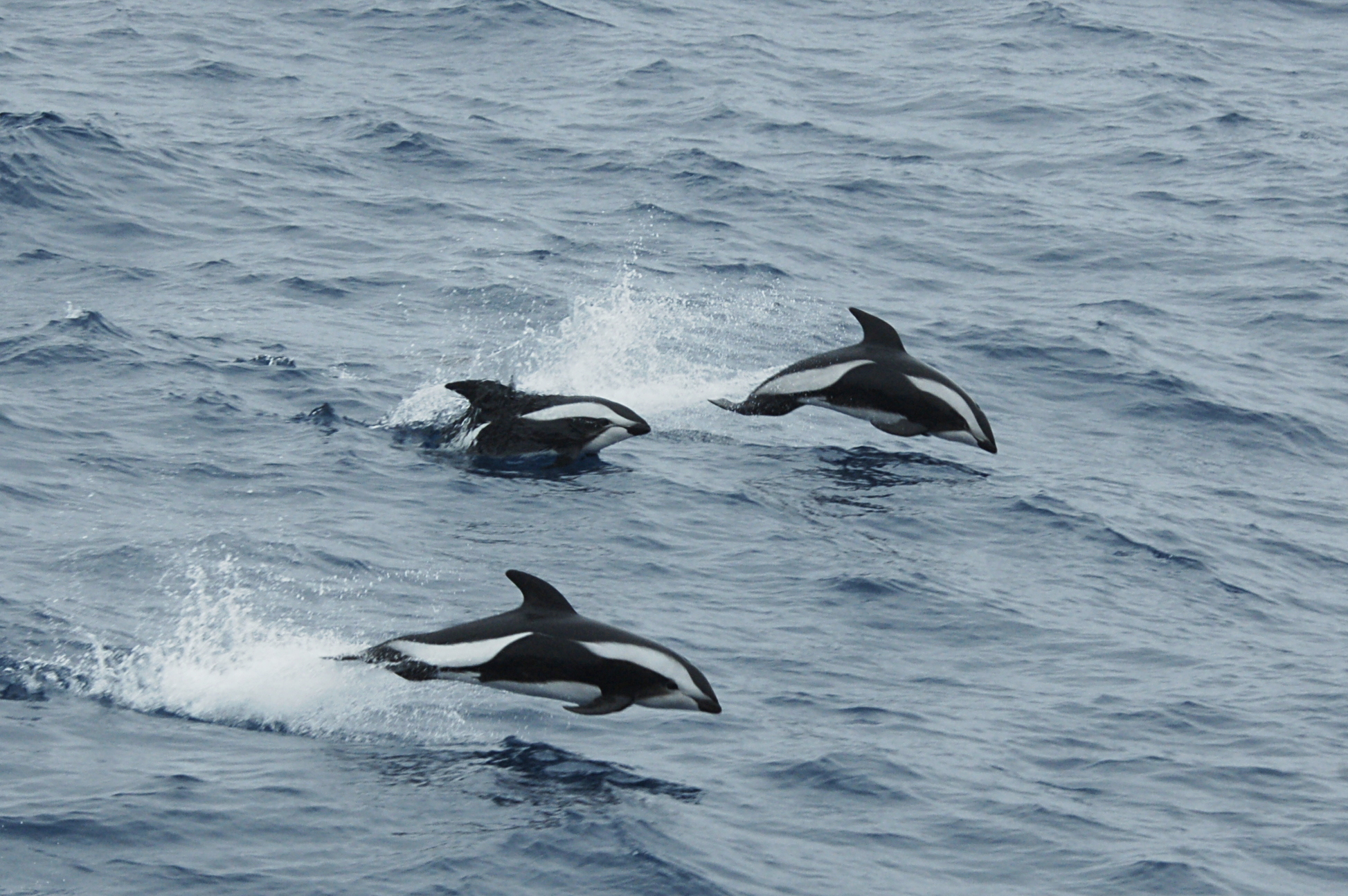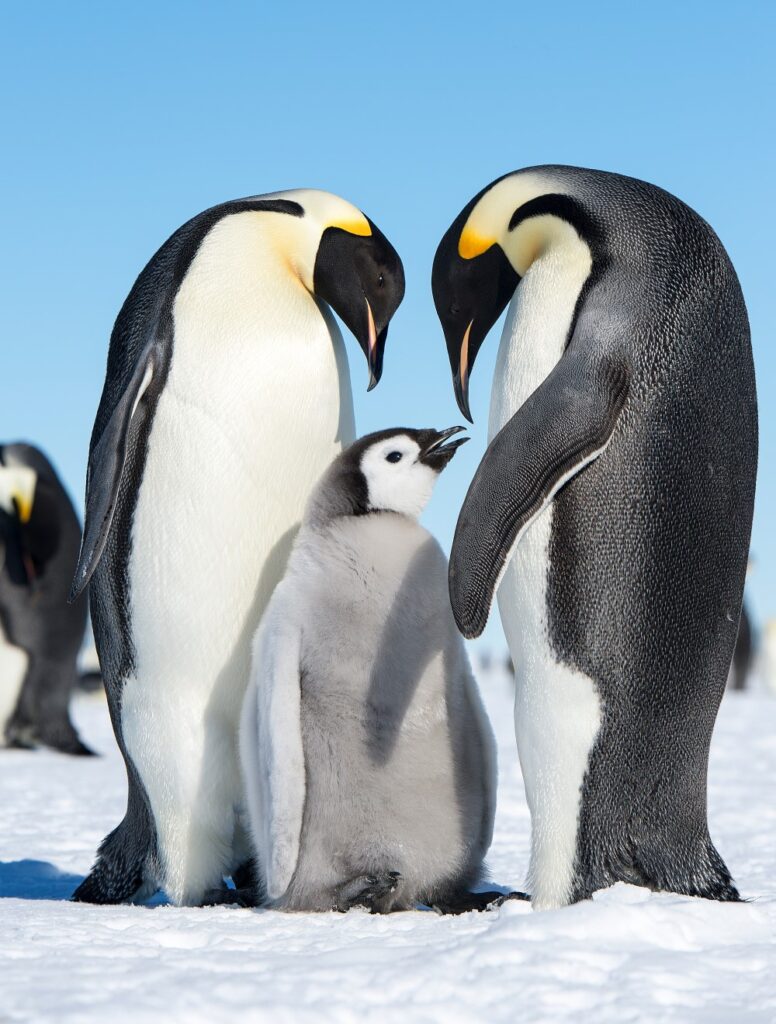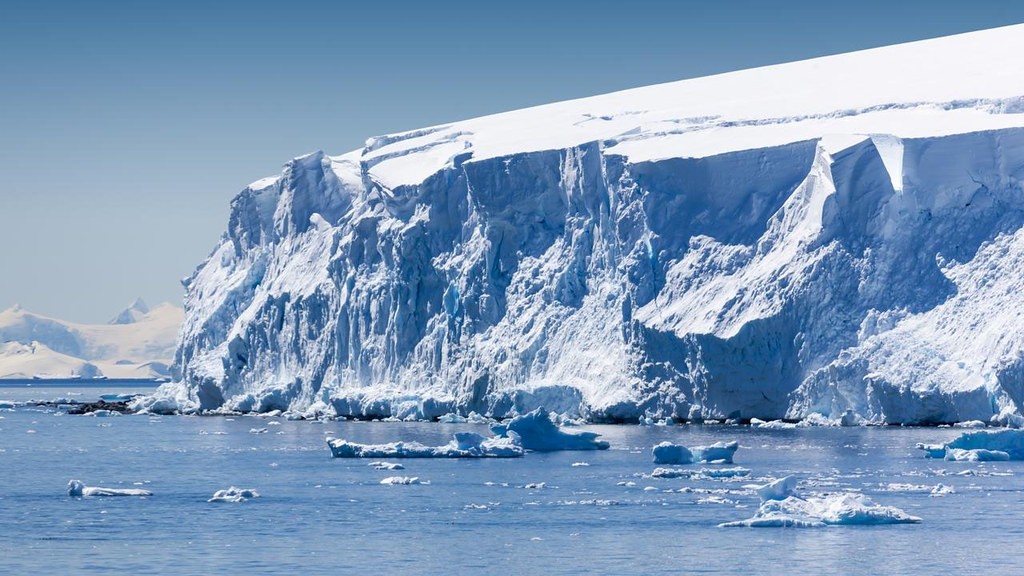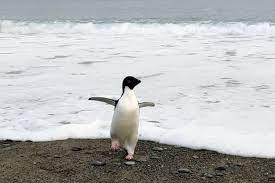
Hourglass dolphin
The hourglass dolphin is a small dolphin in the family Delphinidae that inhabits offshore Antarctic and sub-Antarctic waters. It is commonly seen from ships crossing the Drake Passage, but has a circumpolar distribution.
The species was identified as a new species by Jean René Constant Quoy and Joseph Paul Gaimard in 1824 from a drawing made in the South Pacific in 1820. It is the only to have been widely accepted as a species solely on witness accounts.
Sighting surveys were conducted in 1976–77 and 1987–88. Abundance was estimated to be 144,300 individuals, based on line transect sightings in January 1977 and January 1988 in northern Antarctic waters. This is the only abundance estimate of hourglass dolphins to date.
It is currently listed as least concern on the IUCN red list.
Below you will find a video of the species, and below this a list of any articles that have (or will be) written on this species. Under this, we will over time, hope to add links which will help you see this animal in the wild.




